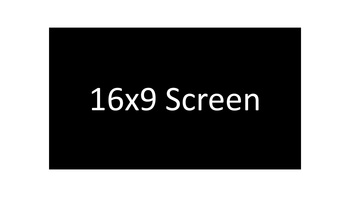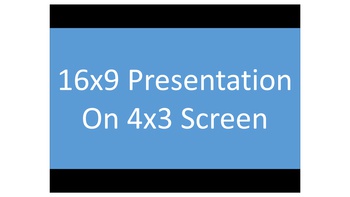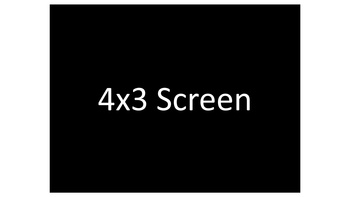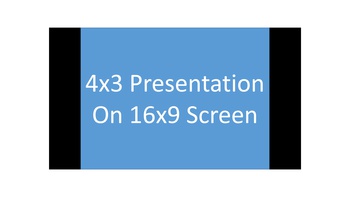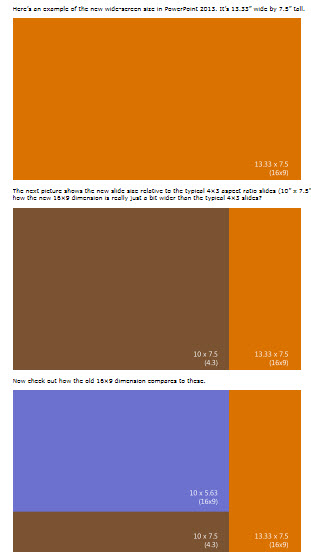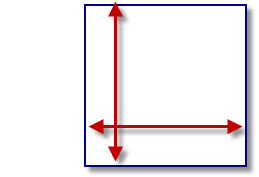Crop to Aspect Ratio & Shape in PowerPoint
When PowerPoint added image crop capabilities, the need to rely on Photoshop (or other external image editing programs) was amazingly reduced. The Image Crop tool has some great advanced options that are not well known, or used nearly enough. So, here is a demo of two great tools hidden in PowerPoint’s Image Crop tool.
Here is our sample slide and original image, a tall rectangle:

If the goal is to use a perfect square image, it is only 3 clicks away:
- Select the image
- Go to FORMAT > CROP > ASPECT RATIO
- Select 1:1 and the image is cropped to a perfect square (1:1 aspect ratio) – without the image being distorted
- The bonus click would be moving the image within the crop to adjust what is visible
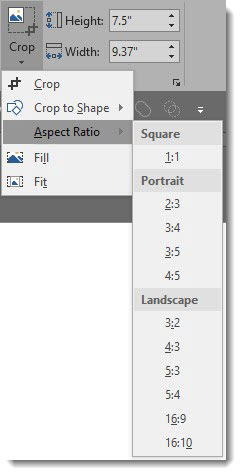
- 3 clicks and our test slide image now looks like this:
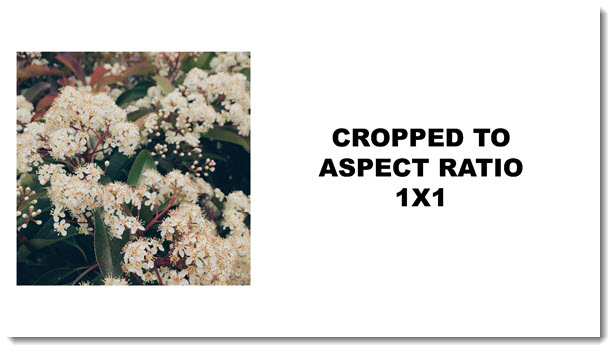
The same can be used for the common 4×3 and 16×9 aspect ratios and several other options!
Another great, but not well known, option of the Image Crop tool is changing the shape of any image. All of the shapes dialog, used to add a PowerPoint shape (rectangle, circle, trapezoid, etc.) are available to images too.
- Select the image
- Go to FORMAT > CROP > CROP TO SHAPE
- Select any available PowerPoint shape
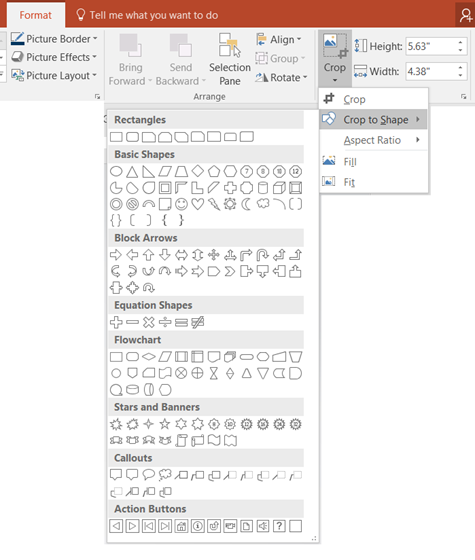
- 3 clicks and the image can be an oval or trapezoid:
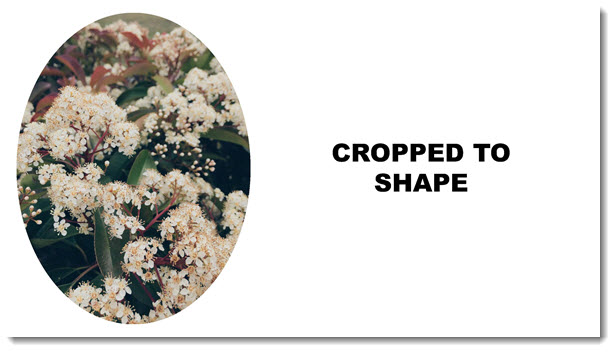
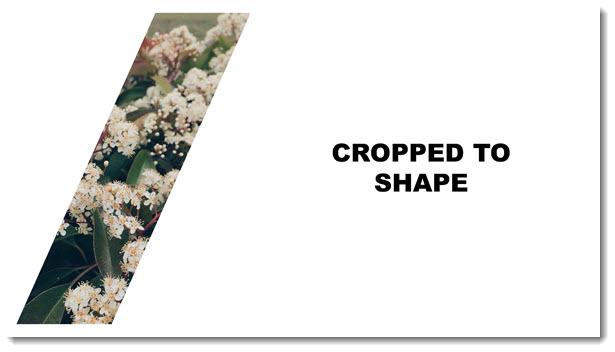
-Troy @ TLC

